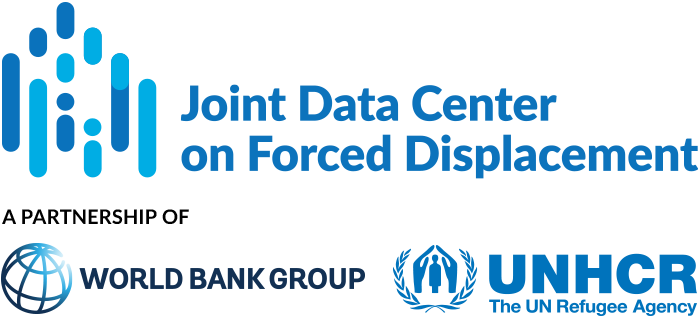This paper examines the individual, family, community, and societal risk and protective factors for mental health in children and adolescents who are forcibly displaced to high-income countries. The systematic review covered 44 studies from high-income countries, with...
Search Results
A systematic review of socio-ecological factors contributing to risk and protection of the mental health of refugee children and adolescents
Child development can be viewed as a dynamic process arising from complex interactions between different levels of the ‘social ecology’ (individual, family, school, community, society). This socio-ecological framework can help conceptualize the stressful experiences...
Focused psychosocial interventions for children in low-resource humanitarian settings: a systematic review and individual participant data meta-analysis
Randomized studies on the effectiveness of focused psychosocial support interventions for children exposed to traumatic events in humanitarian settings in low-income countries have generated conflicting results. Evaluations of school-based interventions have found...
Rapid evidence assessment: what works to protect children on the move
This rapid evidence assessment examines interventions that have been effective in ensuring the protection of children on the move, distilling those factors that improve or hamper effectiveness. The analysis is based on a review of 89 studies of health and education...
Mobile Phone Data for Children on the Move: Challenges and Opportunities
Reliable, timely and accessible data are essential for understanding how migration and forced displacement affect children, and for informing policies and programs to meet their needs. This chapter discusses opportunities for using mobile phone data to address gaps in...
Displaced Children and Emerging Technologies: Save the Children’s opportunities for investment and impact
This report identifies key opportunities and risks for adopting technological innovations in child displacement programming. Several technological trends are creating opportunities for reaching and assisting vulnerable, hard-to-reach populations, including: increased...
Monthly Update of Forced Displacement Literature Review, March 2021
The pitfalls and potential of high-frequency phone surveys during COVID-19
Authored by Jeffery C. Tanner "Phone surveys can be particularly useful in times – such as during the current pandemic – when it is difficult to conduct face-to-face surveys, but can present challenges." The COVID-19 pandemic has torn through lives and livelihoods...
Aligning humanitarian surveys with international statistical standards
Authored by Felix Schmieding "There are huge benefits to be gained from producing statistics that are familiar to, and usable by, governments and other development partners." When the Kenya National Bureau of Statistics published labour force statistics from its...
Including refugees and IDPs in national data systems
Authored by Natalia Krynsky Baal “ The recent endorsement of international statistical recommendations on refugees and IDPs will help systematise the inclusion of these vulnerable groups in national policy and development agendas. Much work needs to be done, however,...


